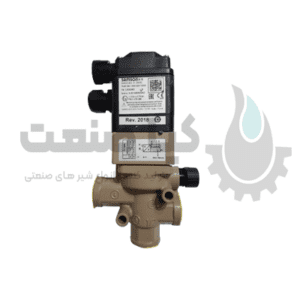
Your cart is empty!
Showing the single result
 برای سفارش و اطلاع از قیمت با ما تماس بگیرید
برای سفارش و اطلاع از قیمت با ما تماس بگیرید
A temperature gauge is a device used to measure the temperature of a substance.
It usually consists of a temperature-sensitive element, such as a liquid-filled tube or a bimetallic strip, that expands or contracts in response to temperature changes. This motion is then amplified and displayed on a screen or digital readout.
There are different types of temperature gauges, each of which has its own advantages and disadvantages. Some of the most common are:
These gauges use a liquid such as mercury or alcohol that expands or contracts in response to temperature changes.
They are relatively cheap and easy to use, but can be fragile and can be affected by vibrations.
Temperature gauges use two metal strips with different coefficients of thermal expansion.
As the temperature changes, the strips are bent and then strengthened and displayed on a screen or digital readout.
Bimetallic thermometers last longer than liquid-filled thermometers, but can be less accurate.
gauge uses the Seebeck effect to measure temperature.
When two dissimilar metals are connected to each other, an electric voltage is created.
Voltage is proportional to the temperature difference between two metals.
Thermocouples are very accurate, but require a reference voltage source and can be affected by electromagnetic interference.
The thermistor temperature gauge changes the resistance in response to temperature changes.
Thermistors are very accurate and can be used over a wide range of temperatures. However, they can be fragile and can be affected by moisture.
The type of thermometer that is best for a particular application depends on the specific needs of that application.
Copied to clipboard